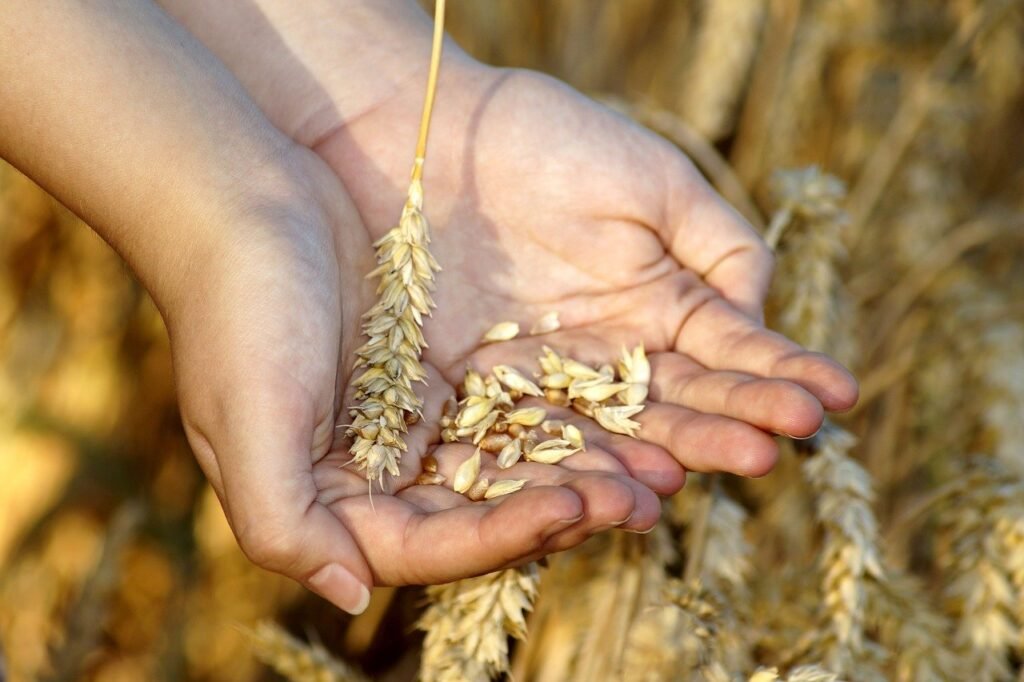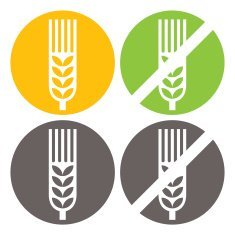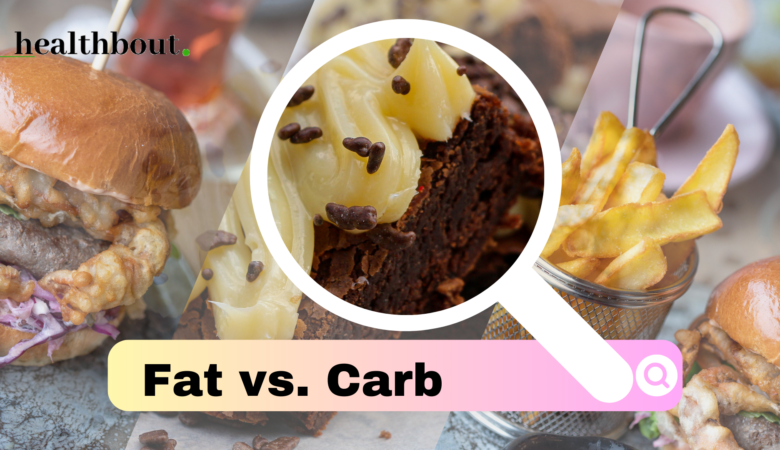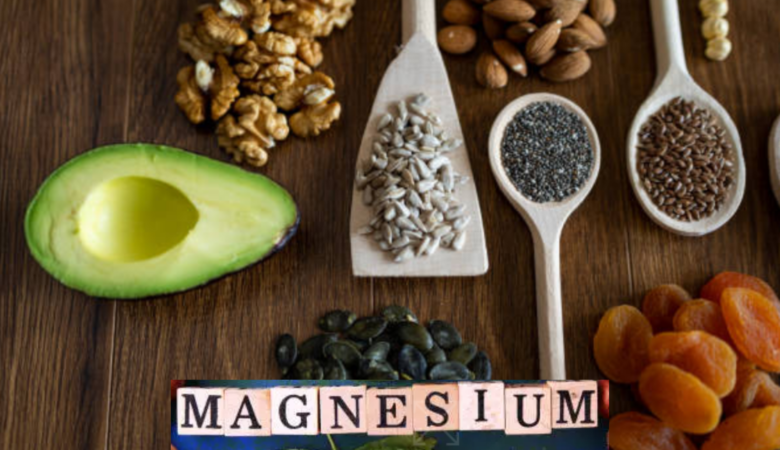Do you get symptoms of intolerance to foods containing whole wheat and suffer an allergy? Sometimes, inhaling wheat flour also causes the allergy, and eating wheat causes the allergy.
Avoiding gluten allergy is not as easy as it sounds. Some food items which you can never think of also wheat ingredients in them such as ice-cream, soy sauce, and hot dogs.
The situation gets worse if symptoms of gluten allergy in toddlers not taken seriously.
So, medications are required for the treatment of wheat allergy.
Wheat allergy is many times confused with celiac disease but celiac disease is not an allergy, it is an autoimmune disorder.
This article covers how to know you are gluten intolerant, skin rashes, what causes it and some foods contain gluten
Then, we will talk about the risk of wheat allergy, its complications, diagnosis, and treatment for gluten intolernace.
Common symptoms of Wheat Allergy

Babies, children, or adults develop allergic symptoms to wheat within a few hours or minutes.
In other words, the food items cause an allergic response if wheat is present in it and you ate it.
Usually, people with gluten intolerance find skin rashes problems as soon they eat gluten dense foods.
There are a checklist of some common sign and symptoms of intolerance to wheat allergy
- Swelling, itching, or irritation of mouth or throat.
- Hives, itchy rash, or swelling of the skin.
- Headache.
- Difficulty in breathing.
- Cramps, nausea, or vomiting.
- Diarrhea.
- Anaphylaxis.
- Watery and itchy eyes.
- Bloated stomach.
- Irritation and possible swelling in the mouth or throat.
- Atopic dermatitis.
Gluten intolerance vs. wheat allergy
Gluten allergy is commonly confused with the term wheat allergy, or celiac disease.
While experiencing chronic symptoms, the intolerance to a wheat allergy deepens other health issues.
As a result, the body starts reacting to every amount of protein in wheat. But importantly the protein is not necessarily gluten.
A wheat allergy problem can cause you some life-threatening symptoms. Persons suffering from an allergy if ingests wheat needs immediate medical attention.
In severe cases, you may have anaphylaxis. It causes a fall in your blood pressure and may lose consciousness with a breathing problem.
If you are allergic to wheat you require urgent care, but in the case of intolerance, it is not quite immediately dangerous.
However, wheat intolerance may feel discomfort and affect your overall health.
It is suggested to consult with doctor, if you are chronic allergic or intolreance to wheat.
Why do people develop a sign of wheat allergy?
If you have a particular allergy to wheat proteins you will soon develop allergic signs and ssymptoms.
Wheat intolerance can develop due to wheat-containing food items. An allergic reaction occurs when a neutral or beneficial substance is identified as a pathogen by the body.
This involves the following proteins which eventually identify as a pathogen
- Albumin.
- Globulin.
- Gliadin.
- Glutenin or gluten.
Some people are just allergic to one of the proteins in wheat, while others may be allergic to one or more.
Complications in Wheat Flour Allergy

People experience several health-related problems while suffering from wheat allergy.
It is better to take care of the intolerance to the symptoms of wheat allergy.
- Anaphylaxis
People suffering from wheat allergy experience symptoms only if they start exercising within a few hours just after eating wheat.
This type of allergy leads to life-threatening anaphylaxis.
2. Baker’s asthma
People who work in bakeries or places with uncooked wheat flour may develop baker’s asthma.
The allergy occurs due to wheat flour inhalation and not ingestion. It tends to affect the breathing and may affect and can occur due to wheat protein or fungus.
3. Celiac disease
This is an autoimmune food sensitivity, rather than an allergy.
Your immune system reacts to gluten, causing inflammation and damage in the small intestine. Furthermore, it may also lead to poor absorption of nutrients.
Wheat intolerance diet
People experiencing symptoms leading to intolerance to wheat allergy should avoid some foods.
Foods containing wheat ingredients includes:
- Most baked products include cookies, cakes, donuts, muffins, crackers, pretzels, waffles, and bread.
- Breakfast, cereals.
- Beer, ale, and root beer.
- Coffee substitutes, malted milk, and instant chocolate drink mixes.
- Sauces, soy sauce, gravies, and condiments including ketchup.
- Ice-cream and ice-cream cones.
- Hydrolyzed vegetable protein.
- Monosodium glutamate.
- Natural flavorings.
- Vegetable gum.
- Meat, crab, and shrimp substitutes.
Barley, oats, and rice may also contain some wheat protein.
So, a person allergic to wheat protein will also be allergic to oats, rye, and barley.
When you are buying food items for yourself, practice checking the nutrition label of each food to see if it contains wheat or any other grains that have wheat proteins.
How do you know the risk of wheat allergy?
Certain factors may put you at a greater risk of developing wheat flour allergic reactions to the people.
1. Family history:
If your parents have whole wheat allergy, other related symptoms, or allergies such as asthma it increased the risk of allergy for you.
2. Age factor
Wheat allergy in babies and toddlers is common, those who have an immature digestive system and immune system.
As soon as the symptoms of gluten intolerance in toddlers are getting serious, it needs medical supervision.
Most children outgrow the wheat allergy when they reach 16. But adults can develop a cross-sensitivity to grass pollen.
Diagnosis and Treatment of Wheat allergy
Your whole medical history gives a detailed idea of your allergy. Test or diagnosis may include-

1. Skin test to confirm symptoms of wheat allergy
Tiny drops of purified allergen extracts- including wheat protein are pricked onto your skin, maybe extract put on the forearm and upper back.
And after 15 minutes if at that point where the protein extract was put maybe a red itchy bump develops and it is confirmed that you are having a wheat allergy.
2. Blood test.
This test is performed mainly when due to certain medications or diseased conditions your skin test is prevented.
Blood tests will check for specific allergy-causing antibodies to common allergens including wheat proteins.
3.Food diary for dietary record
The doctor will ask you to give a detailed record of what and when you eat and when symptoms develop for a time.
4. Foods to avoid causing wheat allergy
In this diet, you should remove those particular substances of food items that cause you allergic symptoms.
In case of the resurgence of serious symptoms even after leaving food items causing intolerance to a wheat allergy, consult your doctor.
The doctor will gradually add food changes and note when symptoms return.
4. Food challenging test.
In this test, you will eat food that causes allergy while being monitored for whole wheat allergy symptoms.
Under supervision, you begin with a small amount of food and gradually increase the amount you consume.
Treatment for gluten intolerance
Avoiding wheat is the best treatment for gluten or wheat allergy.
As wheat and many products have gluten in it so better to read the product carefully.
There is a need for a better treatment for gluten intolerance, which may mitigate the allergic symptoms.
1. Antihistamine to ease symptoms.
These medications reduce the symptoms and signs of any intolerance to a mild wheat allergy. These drugs are taken after exposure to wheat proteins.
But they are not much effective when there is a severe anaphylactic wheat protein reaction.
2. Emergency epinephrine shots
You should carry an emergency epinephrine indicator with you; sometimes it is proven to be very helpful in treating anaphylactic reaction.
It comes as an injector with epinephrine shots present in it and after using it the same sign and symptoms don’t return.
Home remedies for allergy to wheat or gluten products

Even if you are having a gluten allergy, your body will give an irregular immune system response to one of the proteins present in wheat.
Also, although gluten is a protein in wheat, people with celiac disease will not experience allergic immune responses. This is a life-threatening allergic immune response.
But proper care and home remedies can cure allergic reaction to wheat flour.
1. Shop gluten-free foods.
Some stores and supermarkets offer gluten-free foods which are especially for wheat allergic people.
Stick to gluten-free food to prevent the allergic symptoms of wheat protein.
2.Consult wheat-free cookbooks.
This book will give you many ideas of recopies and dishes which can be made and are eatable too with taste and without wheat proteins.
3. Avoid known triggers:
Try to avoid allergic triggers. Avoid those places where the content of that thing like pollen, dust mites, or don’t eat new dishes of food which may be unknown to you before.
4. Keep a diary.
If you are in search of that thing to which you are allergic, track your activities, notice when symptoms occur and analyze that where you had gone and what you just have eaten which is producing an allergic reaction in your body.
It resolves the problem to find foods containing wheat allergy or whole symptoms causing intolerance.
In conclusion
If you have an allergy to gluten products or wheat, change your whole dietary habits.
Person with Gluten intolerance see skin rashes as soon they ingest it.
Better care needed to cure consistent symptoms of gluten intolerance in toddlers.
So, if you have a problem of gluten allergy, symptoms like skin problems, hives, low blood pressure etc. are common.
In serious signs of wheat allergy or intolerance, consult your doctor.





